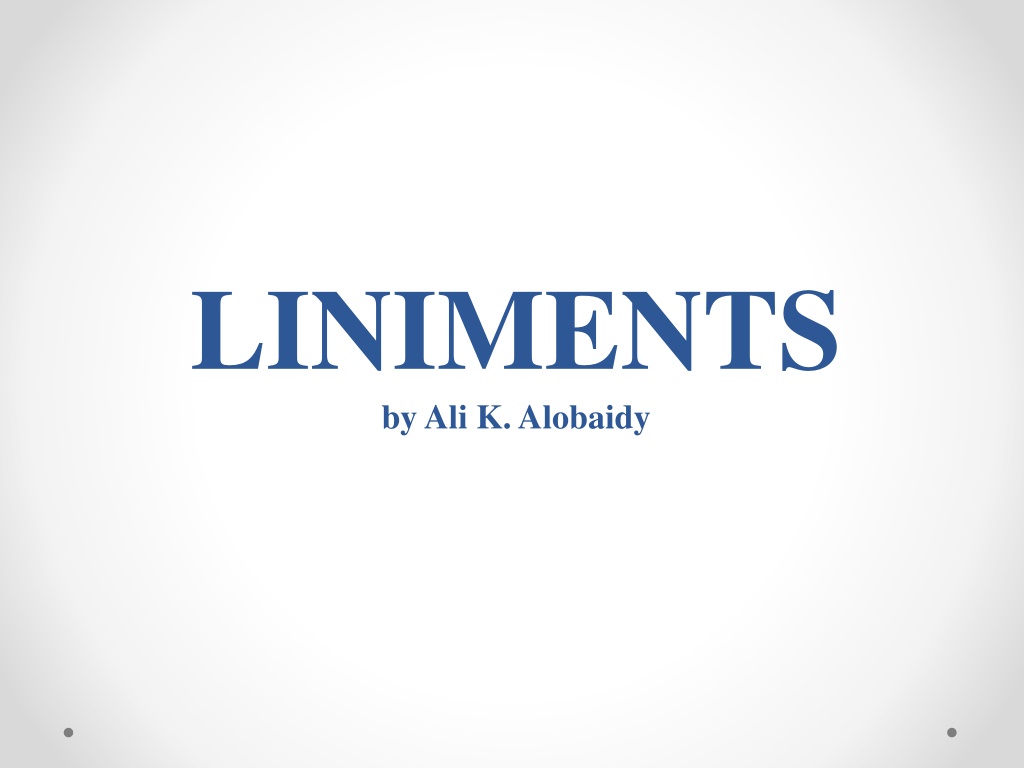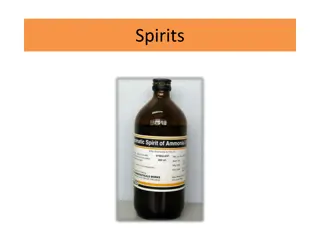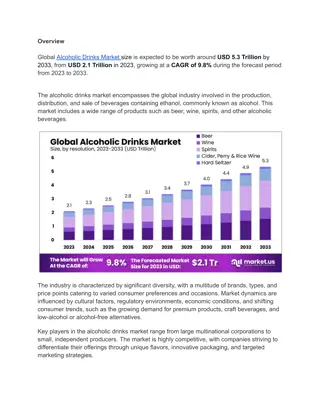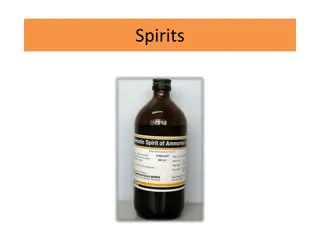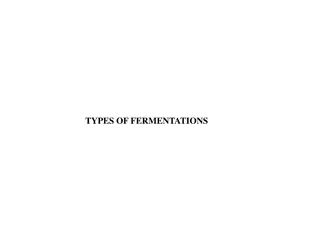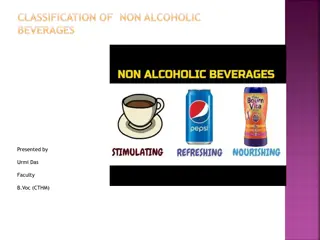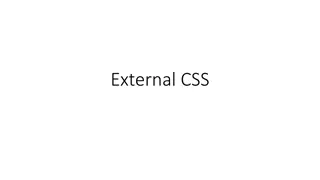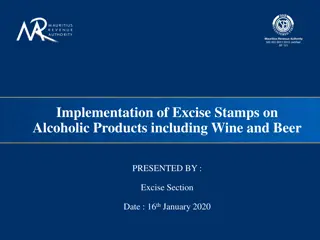Understanding Liniments: Alcoholic and Oleaginous Solutions for External Application
Liniments are topical solutions intended for external application to the skin through rubbing. They can be alcoholic or oleaginous, with the choice of vehicle depending on the desired action and solubility of components. Emulsions require thorough shaking before use, and the solvent for oleaginous liniments can be fixed oils, volatile oils, or a combination thereof. A specific example is given for a white liniment, highlighting the ingredients and their roles in the formulation.
Download Presentation

Please find below an Image/Link to download the presentation.
The content on the website is provided AS IS for your information and personal use only. It may not be sold, licensed, or shared on other websites without obtaining consent from the author. Download presentation by click this link. If you encounter any issues during the download, it is possible that the publisher has removed the file from their server.
E N D
Presentation Transcript
LINIMENTS by Ali K. Alobaidy
LINIMENTS Are alcoholic or oleaginous solutions or emulsions of various medicinal substances intended for external application to the skin with rubbing. The vehicle for liniment should be selected according to the following : 1. The type of action desired .e.g, Liniments with alcoholic or hydro-alcoholic vehicles are useful in instances in which rubefacient, counterirritant or penetrating action is desired. liniments are employed primarily when massage is desired. 2. Solubility of the desired components in the various solvents. While oleaginous
Liniment that are emulsions or that contain insoluble matter must be shaken thoroughly before use to ensure an even distribution of the dispersed phase. For oleaginous liniment the solvent may be fixed oil , volatile oil combination of fixed and volatile oils. or it may be a
White liniment (emulsion type liniment) Rx Ammonium chloride 12.5 g Dilute ammonia solution 45 ml Oleic acid 83.3 ml Turpentine oil 250 ml Water 625 ml Ft. emulsion Procedure: 1. 2. ammonia solution. Then add this dilute solution (in small amount to the oily liquid, shake vigorously after each addition. 3. Dissolve the ammonium chloride in the rest of the water and add it to the bottle (in small amount) and shake vigorously after each addition. Mix turpentine oil and oleic acid in a bottle. Add an equal volume of warm water (50 C) to a dilute
Notes: In white liniment, turpentine oil is emulsified with NH4 oleate produced from oleic acid and dilute ammonium solution, and this emulsifying agent (ammonium oleate) is oil in water emulsifying agent (monovalent soap) but the preparation also contain NH4Cl which due to common ion effect depress the ionization of the soap and decrease the solubility in water, this together with high percent of turpentine oil in the liniment cause phase inversion producing water in oil emulsion. NH4CL NH4+ + CL- Oleic acid + NH4+ NH4oleate NH4CL is used as a laxative but here as a system acidifier. Dilute ammonia solution is used as a system circulatory stimulant but here is used as a source of alkali. Oleic acid is used as a source of free fatty acid. Turpentine oil is used as counterirritant.
